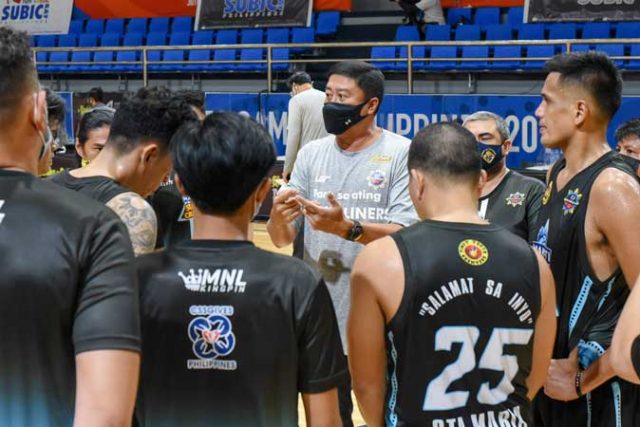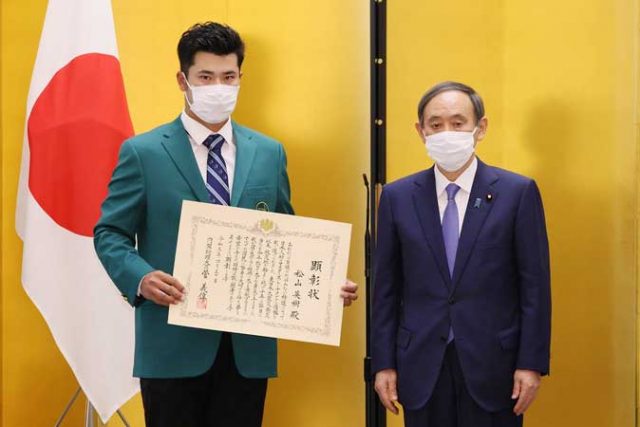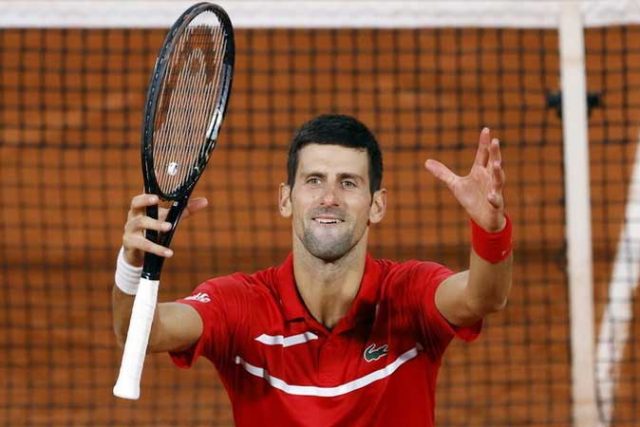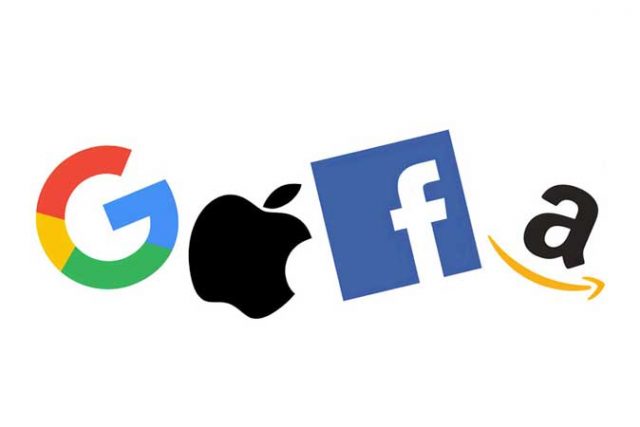Give me some (tax) credit
While I consider myself a novice to the complexities of international taxation, I can, however, say this much: the tax world is changing at a more rapid pace than before. Advancement in this field is amplified with the advent of technology, where it is now much easier for people to communicate, share information, and develop a network of relationships across borders. We find business enterprises deeply invested in communications and information technology infrastructure, and also business synergies developed with foreign entities, especially through worldwide networks and affiliations. Of course, this has led to an unprecedented increase in international transactions, and consequently, to the issuance of tax rules and regulations struggling to remain relevant and efficient.
Take for instance Revenue Memorandum Order (RMO) No. 43-2020 dated Dec. 1, 2020, which aims to streamline the process of issuing tax residency certificates (TRC) in claiming treaty benefits.
In summary, a taxpayer needs a TRC to avail of the exemption or reduced rate for income earned outside the Philippines, pursuant to a tax treaty. Otherwise, the taxpayer will be subject to the full foreign tax. If it’s the latter case (i.e., no treaty relief), the taxpayer has two options under the Tax Code: either avail of this foreign tax as a deduction from income or claim it as a credit against the tax due provided that the taxpayer is taxable on its worldwide income as are domestic corporations and resident citizens.
However, Section 5 of the RMO is where it gets tricky. Under the RMO, those who fail to secure a TRC are not allowed to claim foreign tax credits in excess of the appropriate amount of tax that is supposed to be paid in the source state had the income recipient invoked the provision of the tax treaty. The rationale for the restriction is that the Philippines should not be made to suffer for the failure of its tax residents to claim treaty benefits.
Now we address the elephant in the room: what is the legal basis of this provision? While no specific law was cited as authority, the RMO justified the disallowance with the concept of double taxation in tax treaties. It is noteworthy, as mentioned in the RMO, that when a state agrees to be bound by the provisions of a tax treaty, it does so on the understanding that by allocating taxing rights, the state would either lose its right to tax some items of income or may share taxing rights with the other state. In the latter case, either of the contracting states may impose tax on an income with or without limit, and the country of residency is obliged to allow as a credit the taxes paid in the other state. On this note, the BIR advised taxpayers to always secure a TRC to avoid being taxed outside or to avoid double taxation.
The manner in which a state is obliged to allow as a credit the taxes paid in the other state is consistent with Section 34(C)(3) of our Tax Code which allows a foreign tax credit. Nothing in our tax law prohibits claiming tax credits if there is an available treaty benefit. One might speculate that a question now arises on the extent of the authority of an RMO to promulgate rules that seem to contradict statute, treaty provisions, and case law.
In the landmark case of Misamis Oriental Association of Coco Traders, Inc. v. Department of Finance Secretary, the Supreme Court held that the rule-making power of administrative agencies cannot be extended to amend or expand statutory requirements or to embrace matters not originally encompassed by the law. Administrative regulations should always be in accord with the provisions of the statute they seek to carry into effect, and any resulting inconsistency is to be resolved in favor of the basic law. This ruling has been cited several times, most recently in the case of Association of Non-Profit Clubs, Inc. v. Bureau of Internal Revenue in 2019 which effectively invalided the interpretation of Revenue Memorandum Circular No. 35-2012 that income of recreational clubs from whatever source is subject to income tax and VAT. Based on this premise, we may not be far off from seeing a tax assessment case elevated to the courts involving disallowed foreign tax credits if the BIR will insist on this requirement.
It is important to highlight that tax treaties partake the nature of a privilege and are not a requirement imposed on residents of the contracting states. Even the BIR acknowledges that its grant is not automatic. Setting aside the possible technical issues in Section 5 of the RMO, it is difficult to criticize the BIR’s intention to ensure that all taxes due are fully collected. Taxes are, indeed, the lifeblood of the government after all. However, when international tax treaties are involved and foreign countries comply with their commitments to credit foreign taxes from income derived by Philippine residents, a possible fairness issue looms.
Considering that this is somehow a newly imposed rule, we have yet to formally see how the BIR will respond in case one questions or challenges the provision in the RMO on foreign tax credits. After all, a taxpayer should be able to rightfully claim a tax credit especially if it is supported by sufficient basis not tainted by any underlying technical issues.
The views or opinions expressed in this article are solely those of the author and do not necessarily represent those of Isla Lipana & Co. The content is for general information purposes only and should not be used as a substitute for specific advice.
Milette Zapanta is a senior associate at the Tax Services Department of Isla Lipana & Co., the Philippine member firm of the PwC network.












